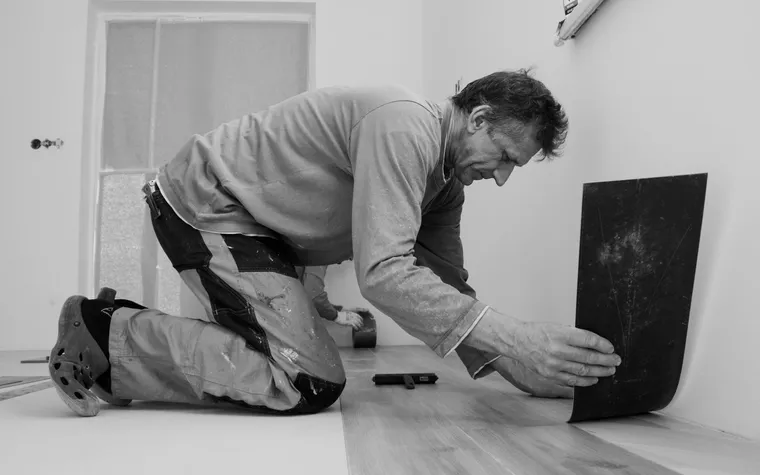Whether you're upgrading to hardwood, vinyl, tile, or carpet, choosing the right flooring and ensuring proper installation enhances durability, comfort, and property value. Professional installation guarantees precision, while DIY projects require careful planning and execution.Selecting the right flooring material depends on factors like budget, lifestyle, and maintenance needs. Each type, from luxurious hardwood to cost-effective laminate, offers unique benefits. Proper subfloor preparation and professional craftsmanship ensure longevity, preventing issues like warping, cracking, or uneven surfaces.
Choosing the Right Flooring
Before beginning installation, selecting the right flooring type is essential. Each material has distinct advantages and is suited for different environments:
1. Hardwood Flooring
- Elegant and timeless
- Durable and long-lasting
- Requires maintenance but can be refinished
2. Laminate Flooring
- Budget-friendly alternative to hardwood
- Scratch and moisture-resistant
- Easy to install with click-and-lock systems
3. Vinyl Flooring
- Available in planks, tiles, or sheets
- Waterproof and durable
- Ideal for high-traffic or moisture-prone areas
4. Tile Flooring
- Includes ceramic, porcelain, and stone options
- Resistant to moisture and stains
- Best for kitchens, bathrooms, and outdoor areas
5. Carpet Flooring
- Soft, comfortable, and noise-reducing
- Requires regular cleaning and maintenance
- Suitable for bedrooms and living rooms
Preparing for Flooring Installation
Proper preparation ensures a smooth and long-lasting installation. Here are key steps:
1. Measure the Area
Accurately measuring the room ensures precise material calculations, reducing waste and extra costs.
2. Inspect and Prepare the Subfloor
A clean, dry, and level subfloor is crucial for preventing future issues. Uneven subfloors may need leveling compounds.
3. Gather Necessary Tools and Materials
Depending on the flooring type, tools like saws, adhesives, spacers, and underlayment may be required.
4. Acclimate Flooring Materials
Some materials, such as hardwood, require time to adjust to room temperature and humidity before installation.
Step-by-Step Flooring Installation
The installation process varies by flooring type. Below are general guidelines for common materials:
1. Hardwood and Laminate Flooring Installation
- Lay an underlayment if required.
- Start in a corner, placing planks with an expansion gap.
- Use a nail gun (for hardwood) or click-lock system (for laminate).
- Cut and fit pieces around edges and obstacles.
2. Vinyl Flooring Installation
- For peel-and-stick tiles, remove the backing and press firmly.
- For planks, use a click-lock system similar to laminate.
- Sheet vinyl requires adhesive application and precise cutting.
3. Tile Flooring Installation
- Apply a layer of mortar to the subfloor.
- Place tiles with spacers to ensure even gaps.
- Allow tiles to set, then apply grout between the joints.
- Seal grout lines for added protection.
4. Carpet Flooring Installation
- Install carpet padding for added comfort and insulation.
- Stretch and secure the carpet using a power stretcher.
- Trim excess material and tuck edges neatly.
Post-Installation Maintenance Tips
To extend the lifespan of your flooring, follow these maintenance tips:
- Regular Cleaning: Sweep, vacuum, or mop according to flooring type.
- Use Furniture Pads: Prevent scratches by placing pads under furniture legs.
- Control Moisture: Avoid excessive water exposure, especially for hardwood and laminate.
- Address Spills Promptly: Stains are easier to remove when cleaned immediately.
Conclusion
Flooring installation is a significant investment that enhances the look and functionality of any space. Whether opting for professional services or a DIY approach, understanding material selection, preparation, and installation techniques ensures success. With proper care and maintenance, your flooring can remain beautiful and durable for years to come.

